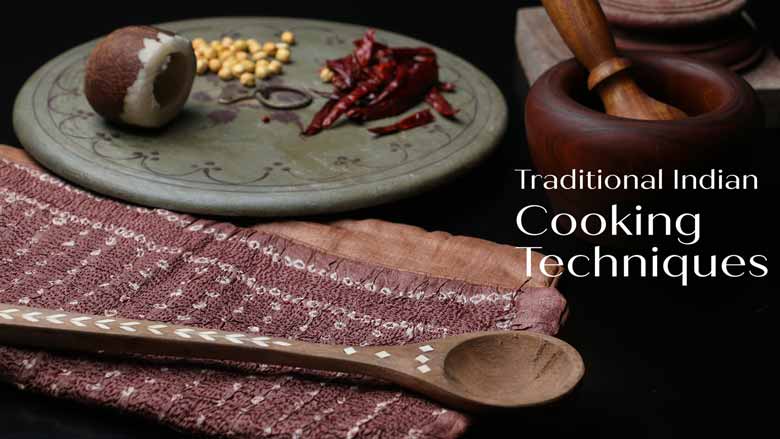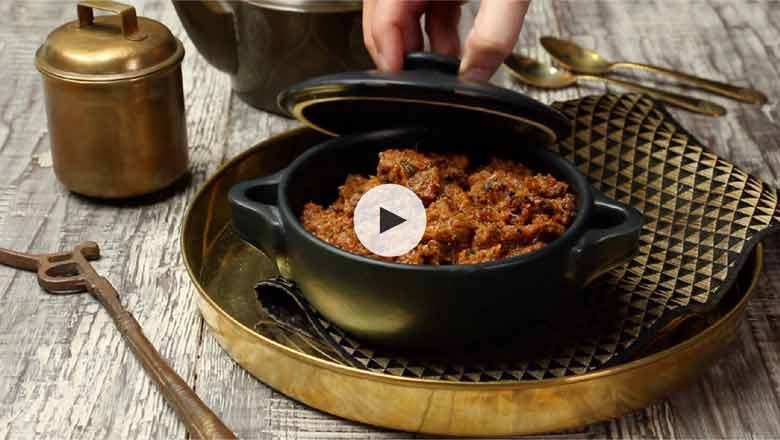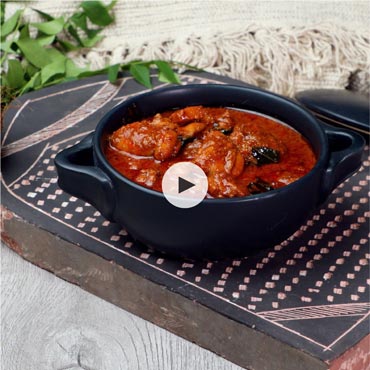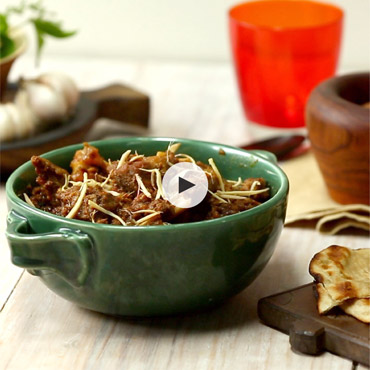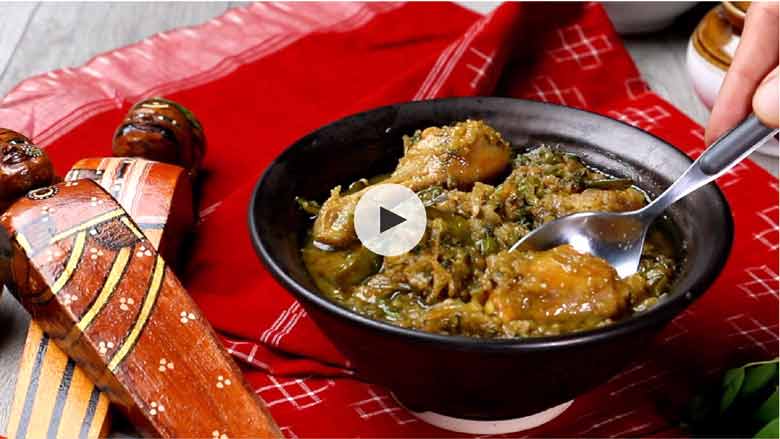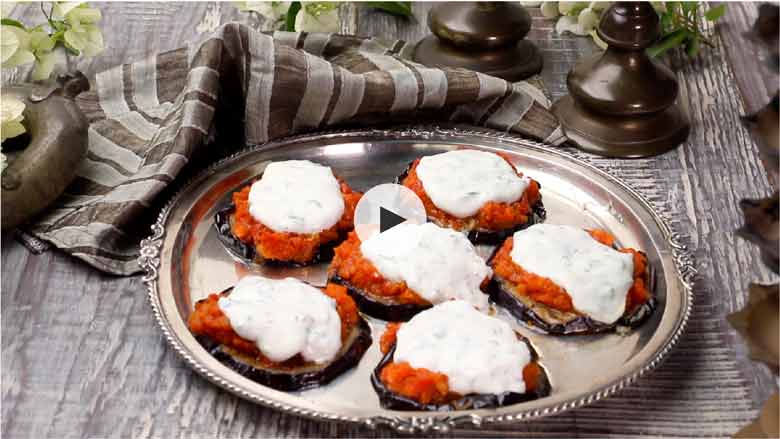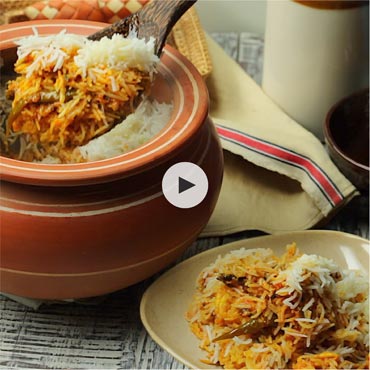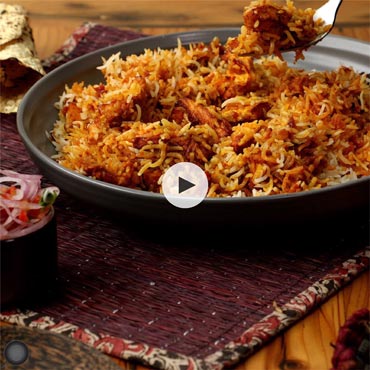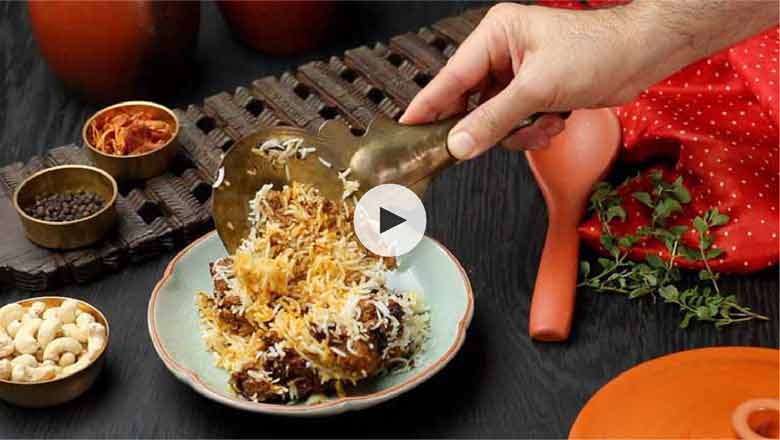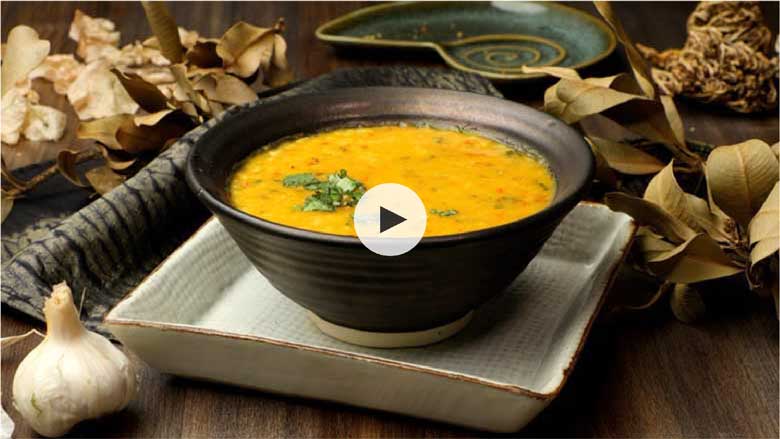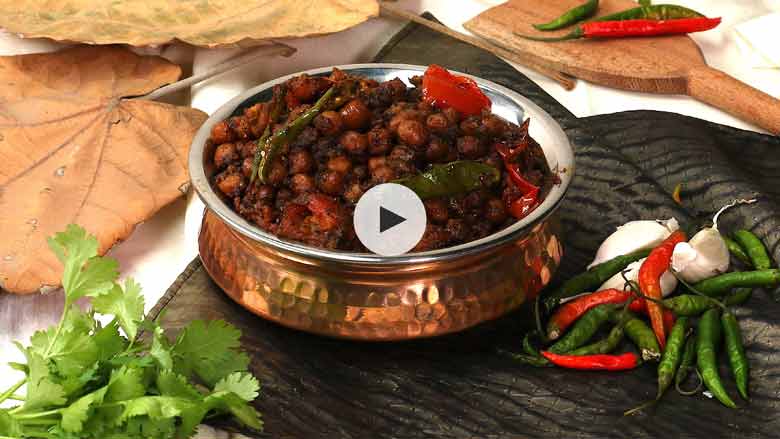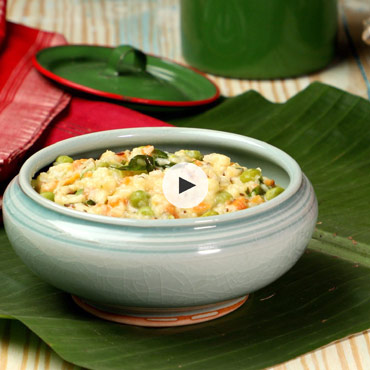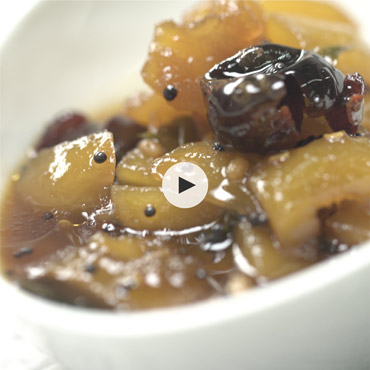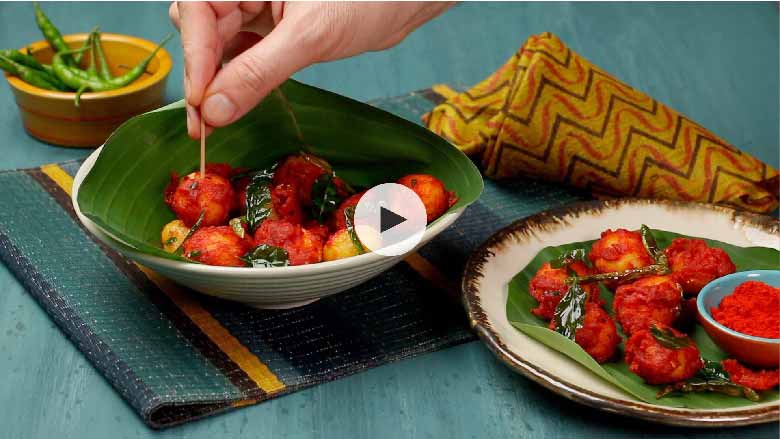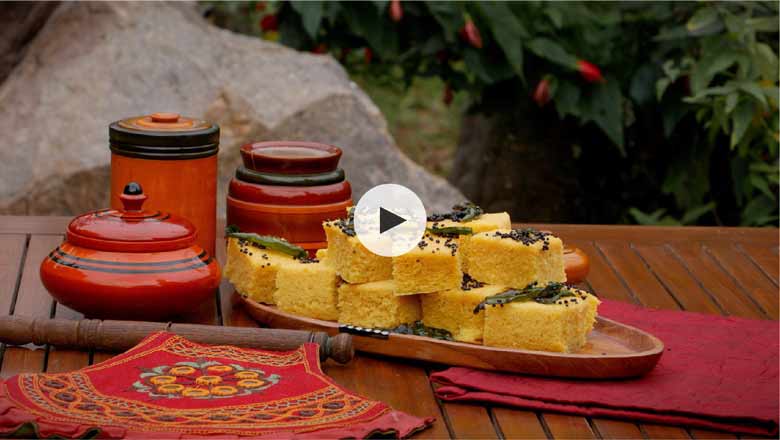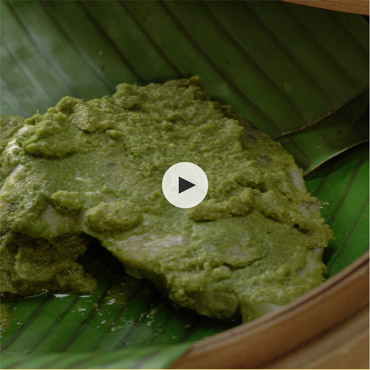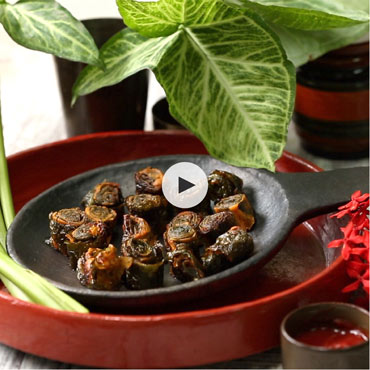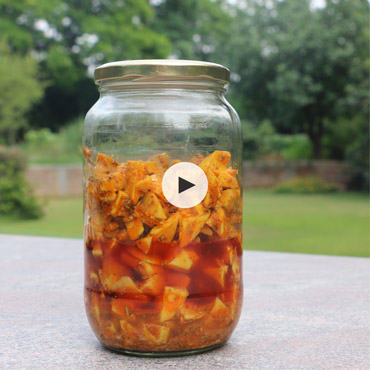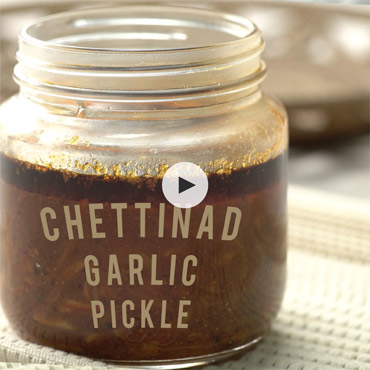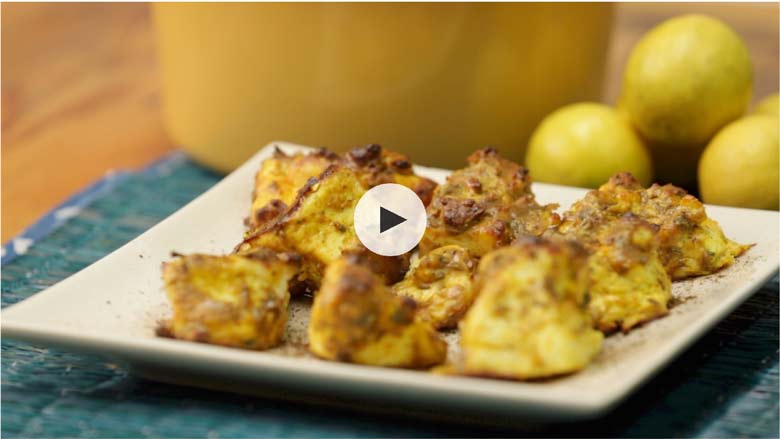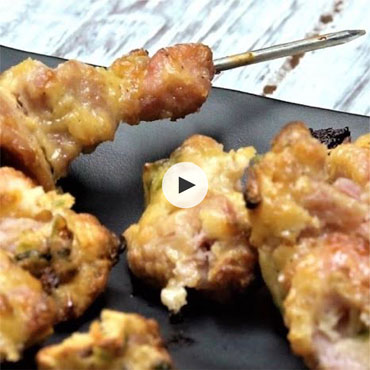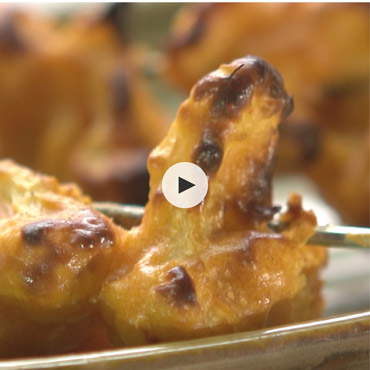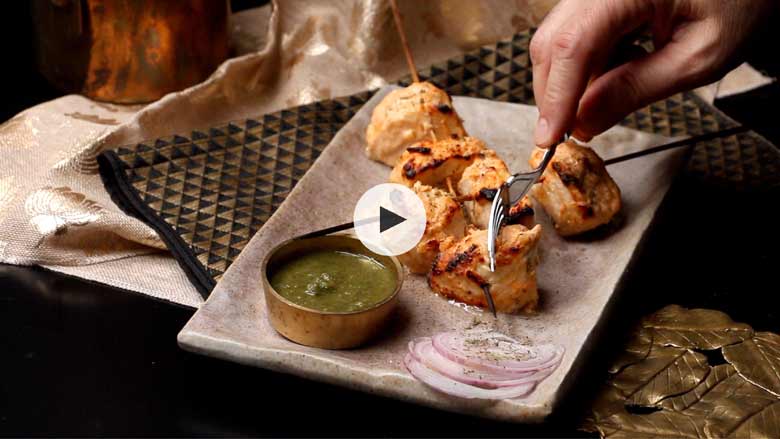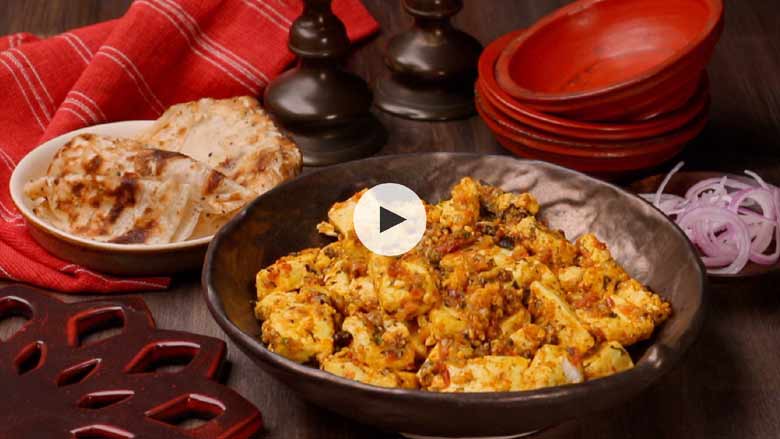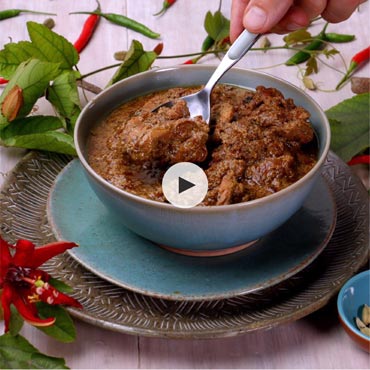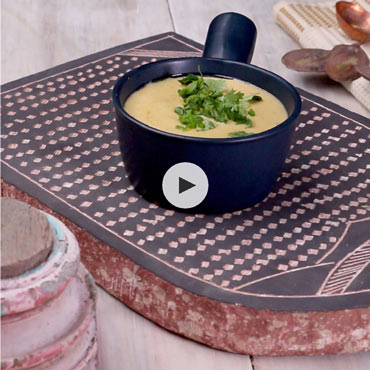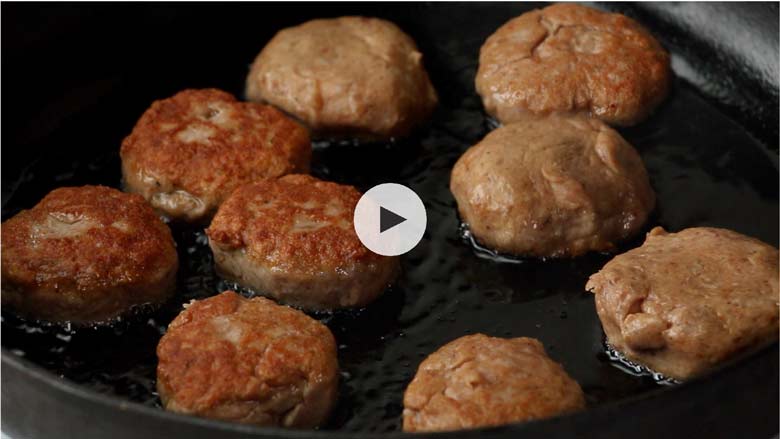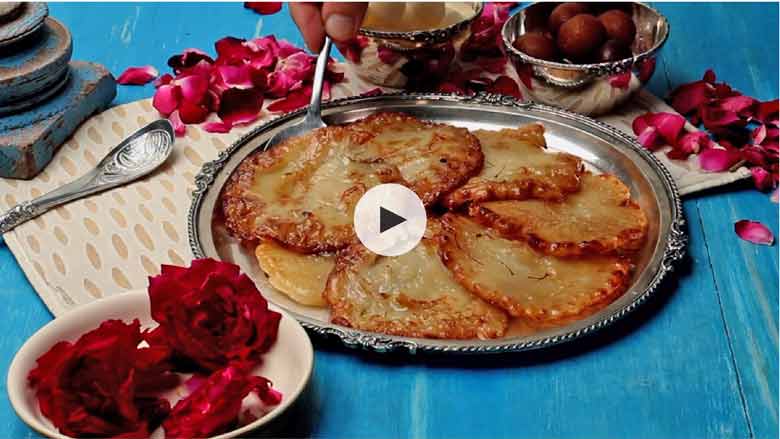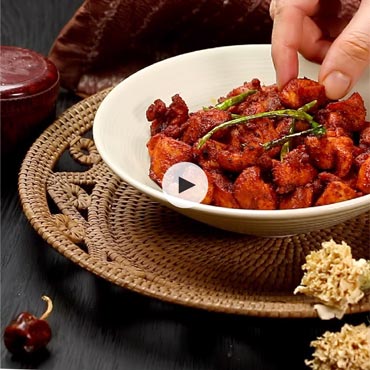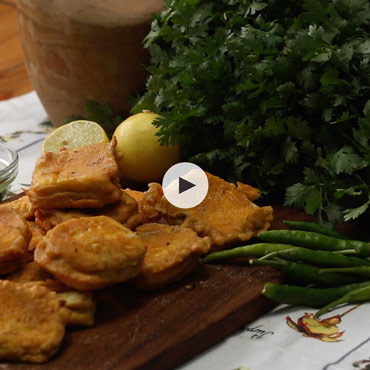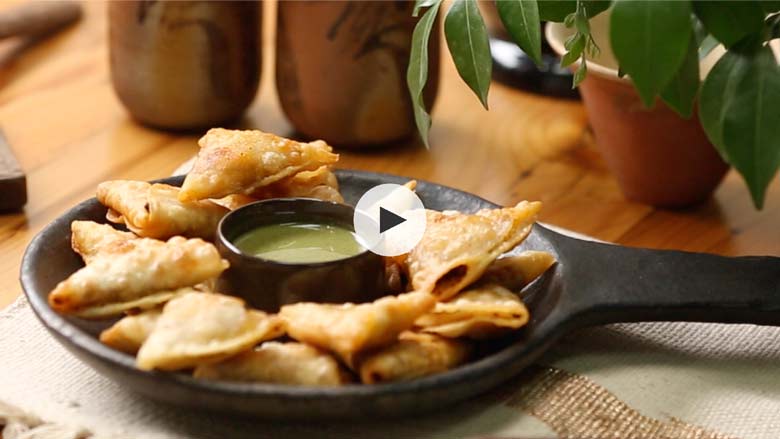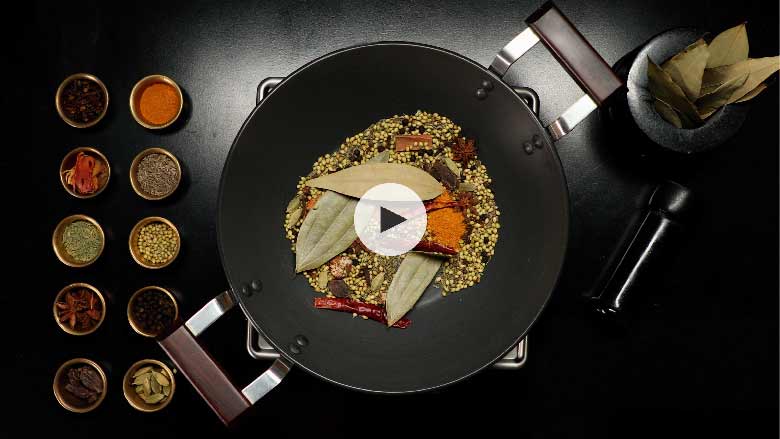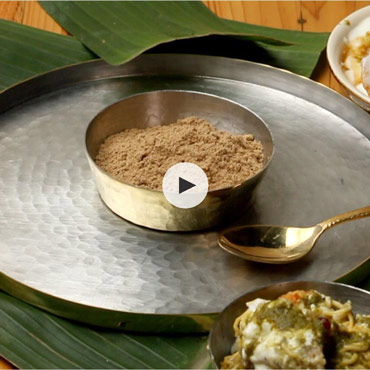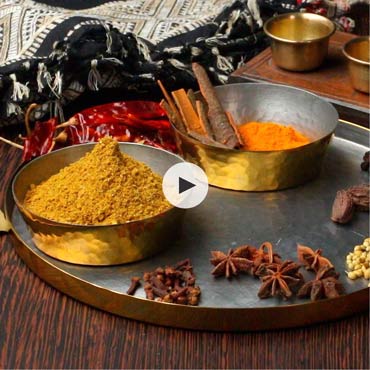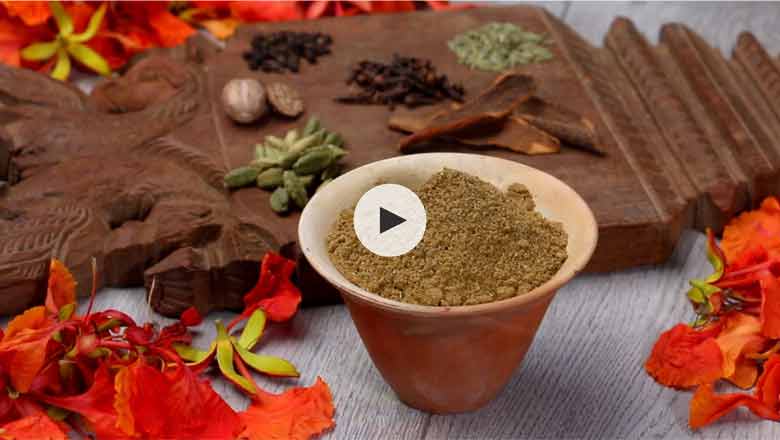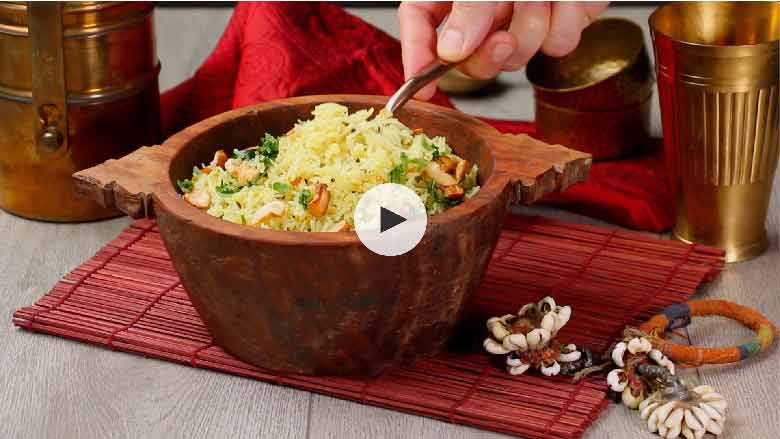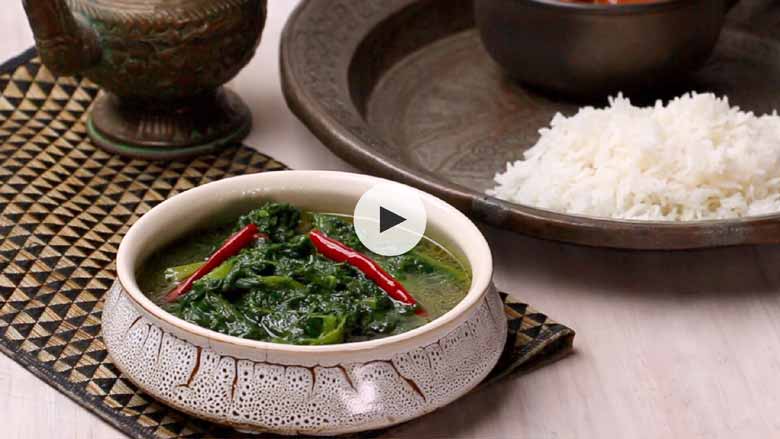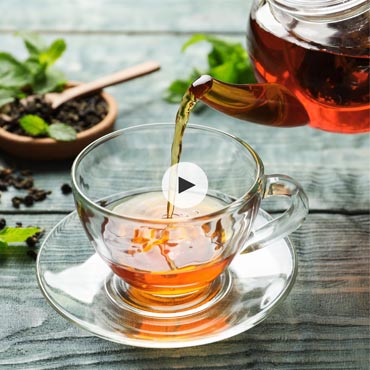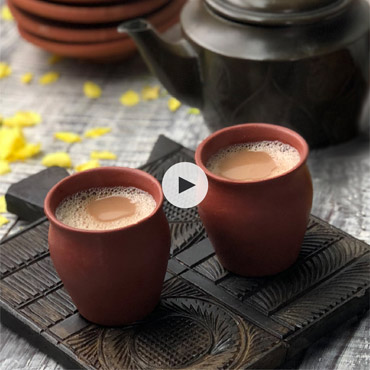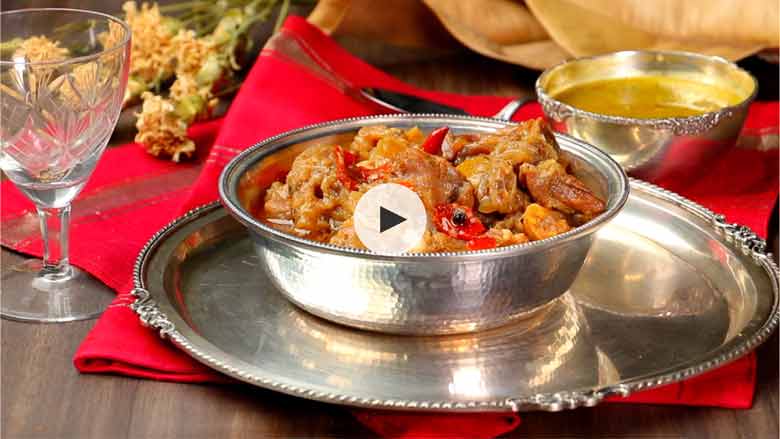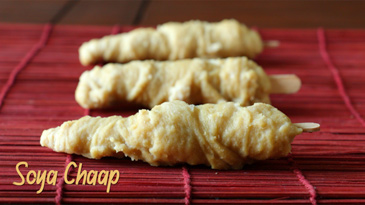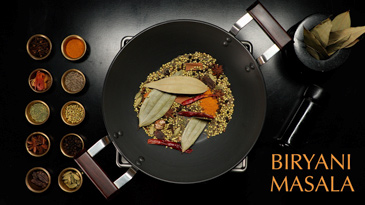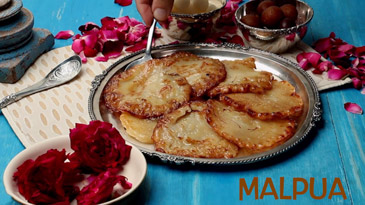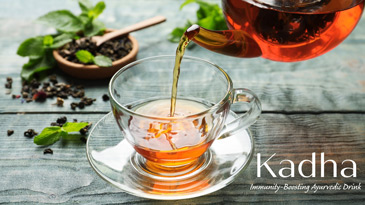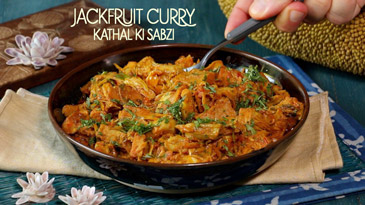-
A Dive Into The Traditional Cooking Techniques Of Indian Cuisine | Indian Cooking Techniques Everybody Should Know
-
Want to learn how to cook Indian food? Then learn these traditional cooking methods along with Indian cooking tips and tricks found in the recipes below.
Cooking techniques are the methods of preparing and cooking food. One of the first phases of learning how to cook (on your way to becoming a master chef) is understanding and learning different methods and techniques so that they can be applied to the preparation of food.
Different cultures treat their foods differently. Although the base techniques might be similar across the world, but each culture and the regional history lends its own twist to the cooking style in that particular region, thus making the flavours truly unique and local. Many Indian cooking techniques have been used throughout the country for centuries and form the bedrock of its cuisine, giving Indian food its unique and delicious identity.
Bhunao: The incontestable cooking technique to perfect Indian curries
What is bhunao cooking?
At the heart of all the incredible cooking techniques used in India lies the technique called bhunao. It is one of the ancient cooking methods in India. This method involves stir-frying and sautéing of base ingredients like onions, garlic, ginger, tomatoes and spices, or proteins like chicken and meat, in fat, usually vegetable oil, seed oil or clarified butter. Unlike stir-frying which uses high temperature, bhunao involves moderating the temperature between medium and high to sauté the vegetables thus helping them lose moisture gradually and to caramelize, helping them intensify their flavour as they cook. The ingredients / masalas are cooked well beyond the point where they lose moisture until the oil leaves the masala i.e. the fat separates from the base ingredients and rises to the surface. Separation of fat from the masala is a clear hallmark of a successful bhunao process. The browning of the masala or protein is another outcome of the bhunao technique which adds a distinct colour and flavour to all Indian curries. As we now know, this browning is the result of the Maillard reaction which involves a reaction between amino acids and sugars present in the food upon the application of heat.
Here are some traditional Indian dishes that use the Bhunao technique as well as other basic Indian cooking techniques as a core part of their recipe:Chilli Chicken Hyderabad Style
Dum / Dum Pukht: The Original Slow Food movement – The way to a flavourful Indian meal
What is dum pukht cooking?
This traditional Indian cooking technique involves slow cooking in a sealed vessel, usually a handi. The Dum Pukht style of cooking is a valuable contribution of Awadhi cuisine, which hails from Lucknow, the Awadh region of India. The basic requirement to cook a dum pukht recipe is to use a heavy bottom pan which is wider at the base and narrow at the mouth, which is covered with a lid and sealed shut, traditionally with dough. Heat is applied from the bottom as well as the top, and the food in the pan simmers, steams, and cooks slowly sometimes for hours. This process allows the food to assimilate all the flavours from different ingredients as it cooks in its own juices.
Dum which translates to ‘breath’ and Pukht to the ‘process of cooking’ literally means that the food being cooked in this style essentially has no interaction with outside air until the seal of dough is broken open. The biryanis and meat recipes cooked in dum pukht style are served in the handi that they are cooked in, with the seal intact. As the seal is broken, the aroma of the spices and ingredients that has been cooking away for hours, wafts out to reveal a highly aromatic dish.
These are some popular recipes which include many Indian cooking tips and secrets and are a must try if this cooking style has caught your attention.
Chownk or Tadka: This traditional Indian cooking technique adds sizzling magic to your cooking
What is Chownk or Tadka?
The famous Tadka aka Baghar, Vagharne, Chownk or Phodni is the most common way to elevate any Indian dish and add deeper tasting notes to it. Tadka is essentially tempering of whole spices and condiments on high heat in oil or ghee. The region, culture and history of cuisine determines the popular usage of particular spices and the timing of tadka in a recipe. Certain recipes require the tadka mixture to be added on top of the dish while some other recipes are cooked in the tadka or tempering prepared initially. Tadka is also a very dramatic display of cooking as you get to see the spices and masalas dancing away in the hot oil in the pan, which eventually sizzle as they are added to the main dish. Tadka or chownk, is the best way to augment the natural aroma and flavour present in the spices. It is the innate nature of the oil and heat that unlocks the flavours present in the spices thus making the final dish more fragrant and flavourful. In Awadhi cuisine ‘Ghee durust karna’ is a fine example of the vital role tempering plays in Indian cooking.
Here are some of the dishes from different regions of India that demonstrate various ways and styles of this ancient Indian cooking technique:
Bhapa or Steaming: The cooking style behind the most healthy Indian recipes
What is Bhapa cooking?
Bhaap, in English translates to steam, and this is the one of the healthiest forms of cooking known to the human race. In India, various recipes cooked using bhapa cooking can be experienced across the country. Essentially, this cooking technique requires indirect application of heat on ingredients, keeping them moist and the nutrients intact. The banana leaf is one of the most popular mediums used in India to wrap the ingredients and condiments before being left in the steamer to cook through. For some traditional bhapa cooking experiences and to learn how to steam food, one must try these recipes below.
Chocolate Cake without Oven (not Indian but so popular in India now so we decided to include it in this list)
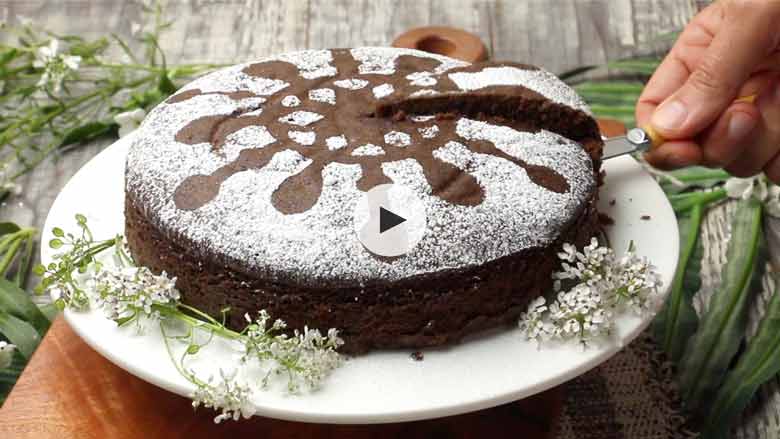
Achar: The tangy side of India cooking. Pickling at its best!
What is Achar?
Achar or achaar aka pickling might be a common form of processing food across the world but a classic Indian achar prepared the old-fashioned way has a distinction to outshine its counterparts. Historians have found scriptures with mention of various achaar recipes dating back to the 15th century in India. This is a form of cooking that doesn’t essentially use heat, but it uses various other natural preservation techniques and ingredients to soften, flavour and mature food. There are three prevalent mediums of preservation - vinegar, salt and oil. The tangy and spicy raw mango achaar is by far the most popular achaar in India. In summers when there’s a bounty of raw mangoes, these are cut into small pieces, mixed with spices and mustard oil and stuffed in large ceramic jars known as ‘martabans’ with the mouth covered using a cloth, and left in the Sun for a few days to pickle. There are other quintessentially Indian winter vegetable achars as well that have also found a large fanfare across the world. Apart from these, one must also experience the sweet and sour lemon pickle and green chillies pickle to understand the pickling tradition of India. Try these:
Balchao: The fiery fermented coastal food of India
What is Balchao cooking?
This technique of using pickled sea food to cook curries was brought to India by Portuguese during colonization. Preparing a Balchao requires whole spices like cumin, red pepper, sugar and vinegar. Fish, prawns or pork is left in this mixture for a few days to ferment. The whole mixture is later reduced to make a dry preparation which is eaten either with rice or bread. The resultant dish is spicy, sweet and acidic in taste. This process of fermenting food makes balchao a healthy cooking technique, as it leads to the production of antioxidants, prebiotics and probiotics in the food. These are gastrointestinal enzymes that are considered beneficial for gut health. The famous Goan Prawn Balchao and Fish Balchao are a must try if you are looking for unforgettable balchao experience.
Tandoori: The ancient Indian cooking technique | Clay Oven Cooking
What is Tandoori cooking?
A popular way of cooking in the North of India, it essentially involves cooking marinated food in a tandoor or clay oven over a wood charcoal fire. Variations of this cooking technique are found in Turkey, Central Asia, Afghanistan, and all the way down till North India.
Food is either skewered (long metallic skewers) and placed vertically in the tandoor to cook quickly as in the case of chicken, meat, and vegetables, or slapped onto the hot internal walls till cooked as in the case of breads such as the tandoori naans, rotis, and parathas, among others.
The most popular foods cooked in this style are meat, both boneless and bone-in, paneer, vegetables and kebabs. These ingredients are usually marinated with a masala mixture marinade often including garlic, ginger, and other spices hours (or even overnight) before being transferred to the tandoor (clay oven) to cook. The loaded skewers are placed directly inside the cylindrical oven with one end resting on the burning charcoal. The secret of the tandoor is its high heat and, of course, the marinade / basting drippings that fall on to the charcoal and create smoke, thereby roasting and smoking the ingredients at the same time. The result is a succulent and juicy tandoori dish. The tandoori chicken, tandoori tikka, tandoori kebabs and tandoori paneer tikka are some recipes that should not be missed if you happen to chance upon them. Tandoori naan is the most popular Indian bread that is cooked inside a tandoor. Popular tandoori recipes to try at home even if you don’t have a tandoor - with easy Indian cooking tips for beginners:
Dhungar / Dhuanaar: The Indian Smoking Technique | It’s all about the aroma and flavour
What is Dhuanaar or Dhungar cooking?
It is a cooking technique that is used to infuse smoky flavours in Indian recipes. Traditionally, a burning piece of coal is placed in a small bowl or a deep shell of onion, which is then placed in a larger kadhai (wok) containing cooked meat or vegetables. Some ghee, along with spices (optional) is then poured onto the charcoal, making it sizzle and smoke. The kadhai is covered with a tight-fitting lid immediately and left to rest with the smoke trapped inside thus rendering the food a deep smoky flavor and aroma. This technique is known to have been introduced to Indian cooking during the Mughal era. Some dhungar recipes that you must try are:
Dhungar Paneer Masala | Paneer Angara
Talna / Talina: The Indian cooking technique of Frying | Frying is an art here
What is Talna?
The Indian cooking technique of talna refers to both deep frying and shallow frying techniques. In India, a shallow kadhai or chatti which is narrow at the bottom and wider at the surface is filled up with a fat, usually vegetable oil, seed oil or often ghee (clarified butter) to fry vegetables, desserts, and other delicacies. The wok used here is essentially heavy at the bottom and traditionally made up of iron, which ensures uniform frying of food. This popular cooking technique is used extensively in Indian cooking in all cuisines across the country. One must partake in pakodas, cutlets, kebabs, vadas, and poori to enjoy the Indian talna technique used to cook unmistakable crispy recipes with diverse flavors. Try some of our favourites using this Indian traditional cooking technique:
Sekna: Flavour sans fat is possible | The Indian Dry Roasting Technique
What is Sekna?
Dry roasting of unprocessed or semi processed food directly on fire or in a skillet is referred to as sekna – literally translated to ‘applying dry heat’. This ancient cooking technique is an important part of Indian cuisine and has been used every day for hundreds of years in most Indian households to cook unleavened bread like chapati and to dry roast spices to bring out their flavour. Dry roasting of masalas on a tawa or kadhai is a popular use of the sekna technique to extract the maximum flavour from whole spices before they are ground into a powder. Papads, which are lentil flatbreads are also roasted the same way in fire or on a griddle to be served alongside khichdi and other Indian delicacies. Try the sekna technique of dry roasting to make your own spice mixes and masala powders in just a few minutes:
Ubalna: The Traditional Technique of Boiling Food
What is Ubalna?
To put it simply, ubalna means boiling ingredients in water or another liquid medium. This cooking technique constitutes a large part of the Indian cooking tradition. The preparation of many Indian recipes involves boiling, either in water or in water-based and masala infused gravies. Largely, this technique is used to semi-process raw ingredients, in order to further prepare them for techniques like tadka or talna. For instance, dal or rice is boiled in water either after a tempering or before the tadka is poured over them to result in a fully prepared recipe like Dal Tadka or Yakhni Pulao. Some of the other recipes that use the ubalna to accentuate the flavours of ingredients and demonstrate this Indian cooking technique are:
Indian cooking techniques are the methods of preparing and cooking traditional Indian cuisine. Learn how to make Indian food with the most important traditional cooking methods found in Indian cuisine right here!
-
-
-

-
RATE IT:




